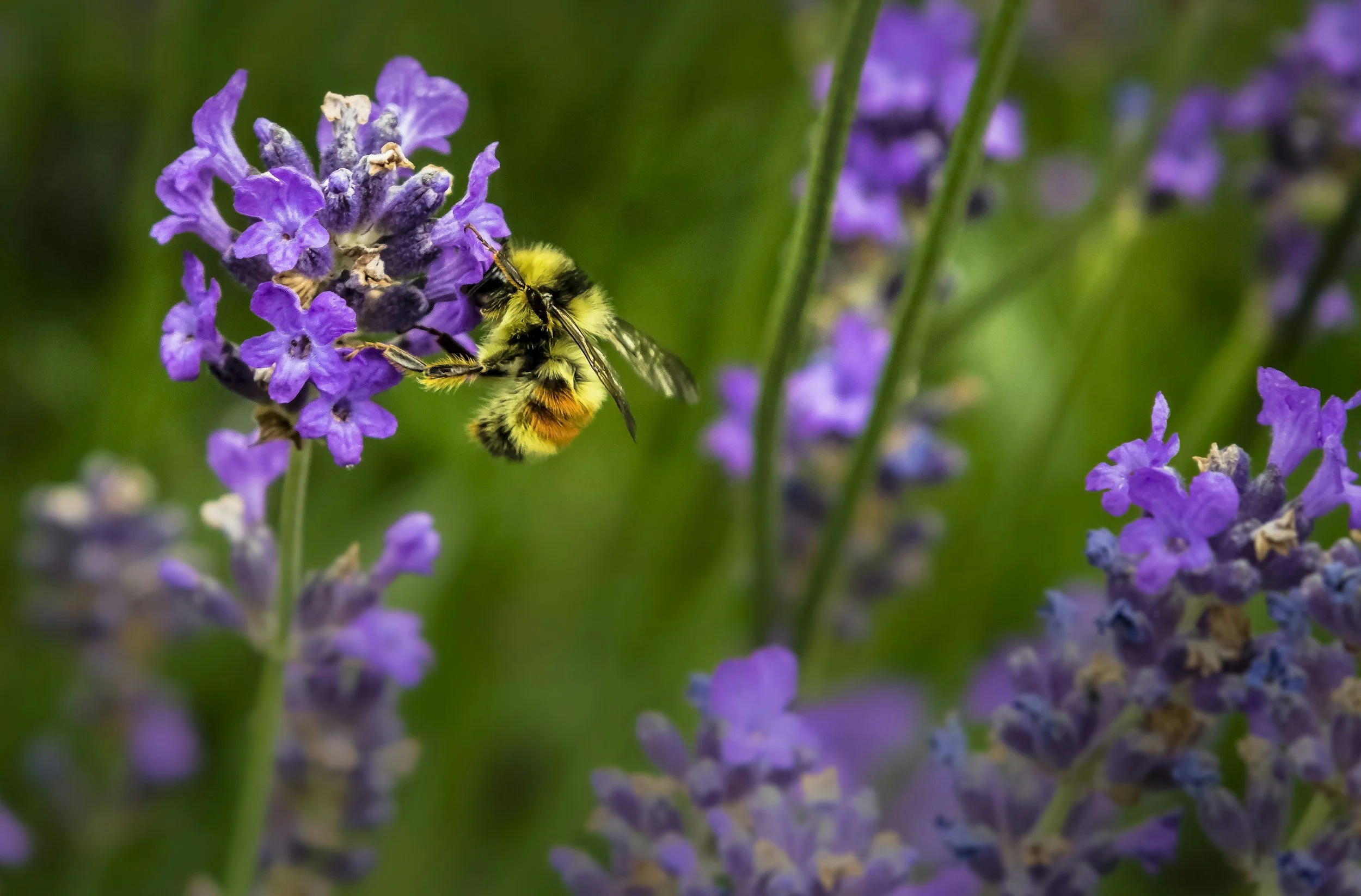Regulating Services
Atmospheric Regulation
Atmospheric regulation involves the processes by which ecosystems influence the composition of the atmosphere, primarily through the exchange of gases. Plants, algae, and microorganisms play a crucial role in absorbing carbon dioxide (CO2) during photosynthesis and releasing oxygen (O2), thus maintaining the balance of gases in the atmosphere. For example, forests act as carbon sinks, absorbing large amounts of CO2, which helps mitigate climate change. Additionally, wetlands and oceans contribute to the regulation of atmospheric gases by sequestering carbon and producing oxygen.
Stats - Though the atmosphere is not currently at risk of being depleted of oxygen and nitrogen, increased green house gas concentrations are causing significant harm to the planet.
Increasing Risk
〰️
Increasing Risk 〰️
Boundary - We have exceeded the planetary boundary on atmospheric carbon dioxide concentration. Earth will run out of oxygen in 1 billion years.
The Cost - $2,547,900,000,000,000 USD.
Climate Regulation
Climate regulation refers to the capacity of ecosystems to influence the Earth's climate by controlling the levels of greenhouse gases, affecting weather patterns, and moderating temperatures. Forests, for example, absorb CO2, a major greenhouse gas, thus helping to reduce the greenhouse effect and global warming. Mangroves and peatlands store significant amounts of carbon, acting as natural buffers against climate change. Additionally, vegetation influences local climates by providing shade, releasing moisture through transpiration, and reducing urban heat island effects.
Stats - The planetary systems that regulate climate are becoming saturated and can no longer keep up.
High Risk
〰️
High Risk 〰️
Boundary - The majority of natural climate regulatory processes are saturated and can no longer keep up with current need.
The Cost - $1,299,000,000,000,000 USD.
Coastline Regulation
Coastline regulation involves the stabilization and protection of shorelines by natural ecosystems. Mangroves, coral reefs, and dune systems act as barriers against coastal erosion and storm surges, reducing the impact of waves and protecting inland areas. For example, mangroves' complex root systems trap sediments and build up shorelines, while coral reefs break the force of incoming waves. These ecosystems not only safeguard human settlements and infrastructure from natural disasters but also support marine biodiversity and provide habitats for various species.
Stats - Only 15.5% of the planet’s coastlines are ecologically intact.
Increasing Risk
〰️
Increasing Risk 〰️
Boundary - With an increase in floods, tsunamis, and hurricanes, the world’s coastlines are experiencing great pressure.
The Cost - $4,474,500,000,000,000 USD.
Disease Regulation
Disease regulation refers to ecosystems' role in controlling disease spread and prevalence. Natural habitats can limit the transmission of diseases by maintaining balanced predator-prey relationships and biodiversity. For instance, wetlands filter water and reduce the breeding grounds for disease-carrying mosquitoes, thus lowering the incidence of malaria. Forests and other ecosystems harbour a variety of species that can regulate populations of disease vectors, such as ticks and rodents, through predation and competition.
Stats - Land use change is associated with over 30% of infectious disease outbreaks.
Increasing Risk
〰️
Increasing Risk 〰️
Boundary - Though assessing a planetary boundary on disease regulation is difficult, scientists predict that outbreaks are increasingly likely.
The Cost - $792,000,000,000 USD.
Water Regulation
Water regulation encompasses the processes by which ecosystems manage the distribution, flow, and quality of water. Forests and wetlands are particularly important in maintaining hydrological cycles, as they capture, store, and release water, thereby reducing the risk of floods and droughts. For example, forested watersheds absorb rainfall, gradually releasing it into streams and rivers, which helps to maintain steady water flows and recharge groundwater supplies. Wetlands act as natural sponges, absorbing excess water during heavy rains and releasing it during dry periods.
Stats - There are over 1360 million cubic kilometres of water on Earth. Only 3% is freshwater.
High Risk
〰️
High Risk 〰️
Boundary - Some estimates suggest that if we do not change our behaviours, we will run out of access to freshwater by 2040.
The Cost - $2,119,000,000,000 USD annually.
Waste Treatment
Waste treatment involves the natural breakdown, absorption, and neutralization of pollutants and organic waste by ecosystems. Wetlands, for example, filter pollutants from water through processes involving plant roots and microbial activity, which can remove harmful substances such as heavy metals and excess nutrients. Soil microorganisms decompose organic matter, turning it into nutrient-rich humus that supports plant growth. Forests and grasslands can also absorb air pollutants, improving air quality.
Stats - Wetlands are estimated to remove up to 90% of nitrogen in runoff and over 80% of phosphorus, acting as natural filters for freshwater ecosystems.
Increasing Risk
〰️
Increasing Risk 〰️
Boundary - The efficiency of natural waste treatment processes is limited by ecosystem health and pollution levels.
The Cost - While natural waste treatment processes have low monetary costs, they require significant investment in the conservation of ecosystems.
Pollination
Pollination is the process by which pollen is transferred from the male parts of a flower to the female parts, enabling fertilization and the production of seeds. This crucial ecosystem service is primarily carried out by insects such as bees, butterflies, and beetles, as well as by birds and bats. Pollination is essential for the reproduction of many plants, including a large proportion of food crops such as fruits, vegetables, and nuts. For example, bees pollinate crops like apples, almonds, and tomatoes, significantly enhancing their yield and quality.
Stats - Pollinators support more than 1200 crop species and over 180000 other plant species.
High Risk
〰️
High Risk 〰️
Boundary - Natural pollination services are already being supported by ‘manufactured’ programs. Micro drones and domestic pollinators are currently in use for the production of food crops.
The Cost - $222,000,000,000 USD annually.







